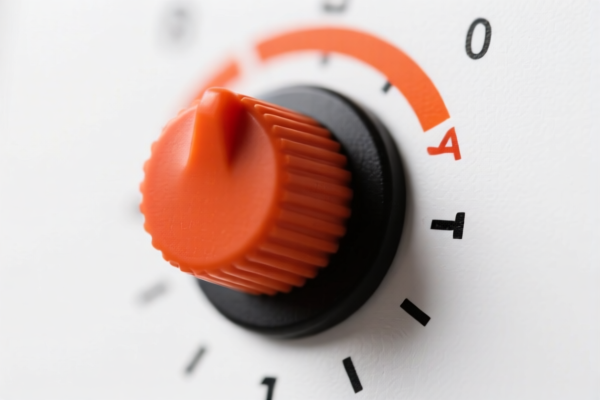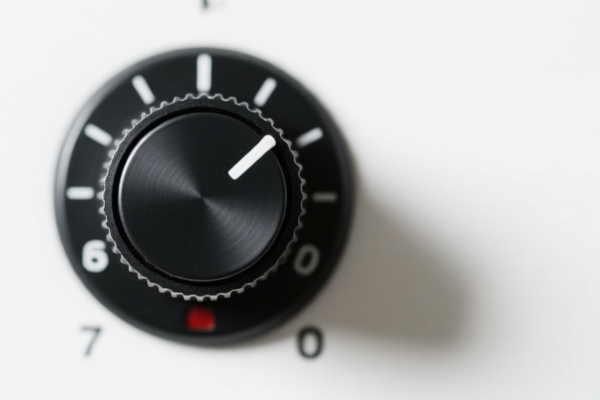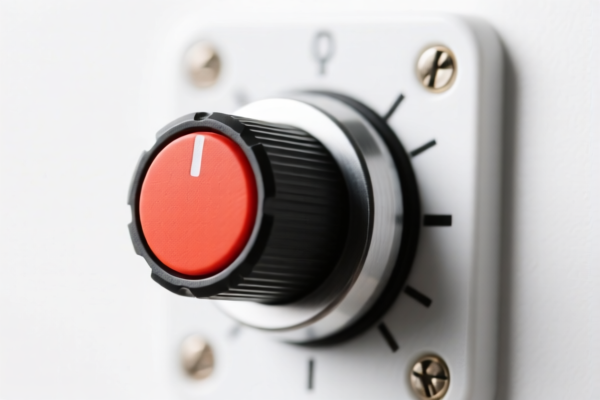| HS Code | Official Doc | Tariff Rate | Origin | Destination | Effective Date |
|---|---|---|---|---|---|
| 8535904000 | Doc | 57.7% | CN | US | 2025-05-12 |
| 8535908020 | Doc | 57.7% | CN | US | 2025-05-12 |
| 8538908160 | Doc | 58.5% | CN | US | 2025-05-12 |
| 8538904000 | Doc | 58.5% | CN | US | 2025-05-12 |




Momentary Switch
A momentary switch is a self-returning switch that maintains its position only while being physically actuated. Once the force applying the action is removed, the switch returns to its original state. Unlike latching switches, they require continuous pressure or force to remain in the activated position.
Material
Momentary switches are constructed using a variety of materials, selected based on application requirements. Common materials include:
- Plastic: Used for housings, buttons, and levers in general-purpose applications. Often Polycarbonate (PC) or Nylon.
- Metal: Stainless steel, aluminum, and brass are used for housings, actuators, and internal contacts where durability, precision, or environmental resistance are needed.
- Conductive Materials: Silver alloys, gold alloys, and other conductive metals are used for contacts to ensure reliable electrical connection.
- Springs: Stainless steel or other resilient alloys provide the return force.
- Rubber/Silicone: Used for dome switches and some tactile buttons, providing a soft touch and good sealing.
Purpose
The primary purpose of a momentary switch is to provide temporary electrical connection. They are used in applications where a function needs to be activated only while the switch is pressed or held.
Function
Momentary switches function by completing or breaking an electrical circuit when mechanically activated. The internal mechanism typically consists of:
- Actuator: The part of the switch that is pressed or moved.
- Contacts: Conductive surfaces that make or break the electrical connection.
- Spring: Returns the switch to its original position when the actuator is released.
- Housing: Provides mechanical support and protection.
When the actuator is pressed, it overcomes the spring force and moves the contacts to complete the circuit. Releasing the actuator allows the spring to return the contacts to their original position, breaking the circuit.
Usage Scenarios
Momentary switches are found in a wide array of applications:
- Electronics: Power buttons (reset, start/stop), user interface buttons, keyboards, remote controls.
- Automotive: Horn buttons, gear shift levers, window controls.
- Industrial Equipment: Control panels, machinery activation, safety interlocks.
- Gaming: Joysticks, buttons, triggers.
- Musical Instruments: Keyboards, effects pedals.
- Doorbell systems: Activation of the chime.
Common Types
Several types of momentary switches are available, each suited to specific applications:
- Push-Button Switches: The most common type, activated by pressing a button. Available in various sizes, shapes, and actuation forces.
- Tactile Switches: Provide a physical "click" or feedback when activated, often used in keyboards and remote controls.
- Dome Switches: Utilize a rubber or silicone dome to provide a soft touch and good tactile feedback, common in keyboards and membrane switches.
- Joystick Switches: Allow for multi-directional control.
- Microswitches: Small, sensitive switches often used in safety interlocks and limit switches.
- Rotary Switches: Activated by rotating a knob or shaft. Can be single-pole, single-throw (SPST) or multi-pole, multi-throw (MPMT).
- Hall Effect Switches: Utilize a magnetic field to detect actuation, providing non-mechanical operation and high reliability.
- Optical Switches: Use light beams to detect actuation, offering very fast response times.
Momentary switches fall under the category of electrical apparatus for switching or protecting electrical circuits. Based on the provided information, the following HS codes are relevant:
- 8535904000: This HS code covers electrical apparatus for switching or protecting electrical circuits with a voltage exceeding 1,000 V, specifically categorized as “Motor starters and motor overload protectors”. While a momentary switch isn’t specifically a motor starter, it is an electrical apparatus for switching circuits exceeding 1,000V. The basic tariff is 2.7%, with an additional tariff of 25.0% (increasing to 30.0% after April 2, 2025), resulting in a total tariff of 57.7%.
- 8535908020: This HS code also covers electrical apparatus for switching or protecting electrical circuits with a voltage exceeding 1,000 V, but is categorized as “Other Terminals, electrical splices and electrical couplings”. A momentary switch could be considered a component within this broader category. The basic tariff is 2.7%, with an additional tariff of 25.0% (increasing to 30.0% after April 2, 2025), resulting in a total tariff of 57.7%.
It is important to note that the applicable HS code will depend on the specific characteristics of the momentary switch, including its voltage rating and intended application.
Customer Reviews
No reviews yet.